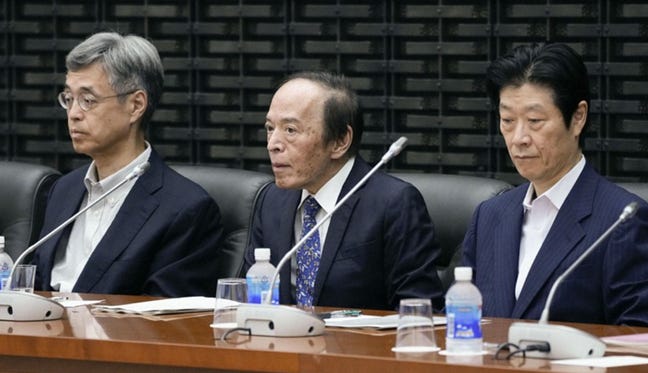
Good afternoon!
USDCNH is seen to experience limited weakening in 2H25 together with the DXY, Central Bank of the Republic of China is poised to hold interest rates at its 18 Sep 25 meeting amidst domestic and external economic stability, Bank of Japan is also set to delay hikes till Jan 26 amidst uncertainty over US tariffs’ impact on Japan’s economy.
Over in markets, the Nikkei 225 appears fairly priced and has closed its historical undervaluation with its rally since 2020. Meanwhile, India’s economic policy response to US secondary tariffs has been one of self-reliance.
In our third Macro Monitor, we covered:
US: We see the balance of risks skewing towards the downside for USDCNH in 2H25. In particular, further USD weakness and CNH strength dynamic is expected. We expect the DXY to settle between 97 to 98 in 2H25, while also being capped at 100 in the unlikely case of bouts of USD strength. As such, our base case sees USDCNH hovering between 7.07 to 7.11 by year end.
TW: Taiwanese export growth will likely weaken in 2H25 but remain positive for full year 2025. Headline inflation has fallen within the CBC’s 2.0% y/y target due to lower global energy prices. We therefore expect the CBC to continue holding rates steady.
JP: Japan remains on track towards the BoJ’s 2% price stability target, where “underlying inflation” is sustained by a “virtuous cycle” of wage and price growth. We see the BoJ resuming hikes only in Jan 26, rather than Oct 25. A risk case would be a hike in Oct 25 and the USDJPY to increase to ~155 in 4Q25, largely driven by fiscal fears and political risk in Japan.
Global Markets: Based on our analysis, we view an Equal Weight stance on the Nikkei 225 as appropriate, and project an 8.92% upside from 5 Sep 25 levels for the remainder of the year. The Nikkei 225 has been driven by growth in earnings expectations and has since closed its valuation gap relative to history.
Macro & Policy: India has been caught in a crossfire between the US and Russia, as geopolitical tensions run high. Still, India is unlikely to yield to US pressure to reduce its reliance on Russian oil imports, leading to labour-intensive sectors to take the brunt of the tariff impacts.
💡 Follow us on LinkedIn: https://www.linkedin.com/company/smu-seic
🔊 Check out our Spotify:
Thank you for reading our work! Our team has put in so much time and effort to produce quality content every week.
==
This student-run publication features the hard work of the SEIC Research team. The names of the contributors are at the back of the document.
Check out our previous Macro Monitor here:
We hope you find our monitor this week helpful to you. Additionally, we also hope to improve our publications as our analysts deliver regular coverage throughout the semester.
We are always looking for more partnerships and students interested in what we do. If you wish to contact us, please drop us an e-mail at seic@sa.smu.edu.sg or contact our Head of Research, Joshua Ng, or President, Daryl Chan through LinkedIn


